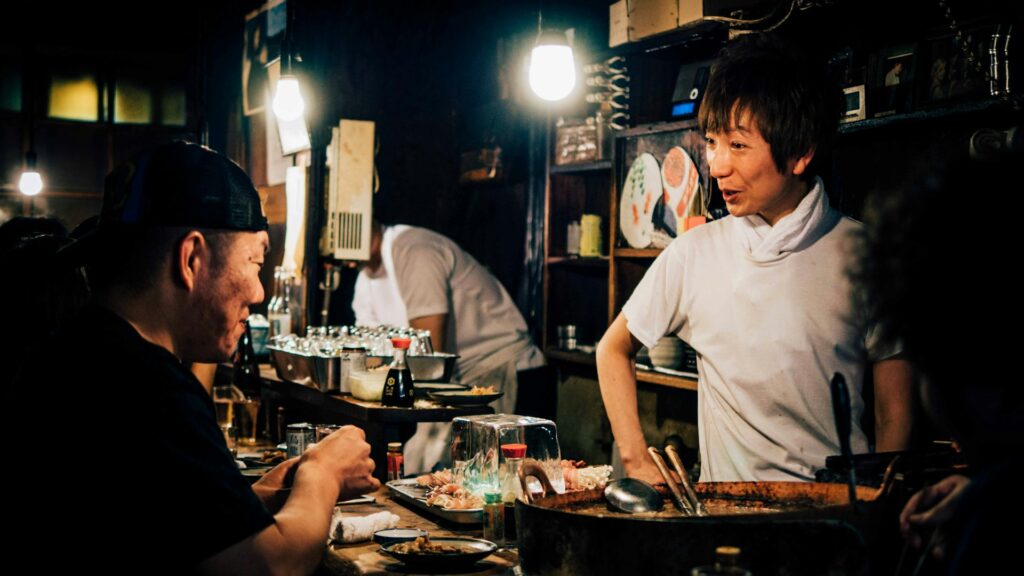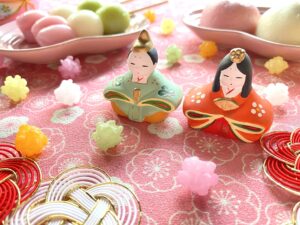This comprehensive guide covers everything you need to know about karaoke, from understanding the cultural origins of karaoke to hosting unforgettable karaoke parties. Whether you’re a home entertainer, event planner, or karaoke enthusiast, this guide provides valuable insights, tips, and resources to enhance your karaoke experience.
What is Karaoke?
Karaoke, originating in Japan in the 1970s, has grown into a global phenomenon. Combining “kara” (empty) and “oke” (orchestra), karaoke means “empty orchestra” and refers to the practice of singing along to recorded music. This popular pastime has evolved from simple bar entertainment to a versatile activity enjoyed at home, parties, and professional events.

Karaoke is an interactive entertainment form where individuals sing along to instrumental versions of popular songs, with lyrics displayed on a screen. The basic setup includes a microphone, a music player, and a screen for lyrics. This setup allows participants to perform their favorite songs as if they were professional singers, making it a fun and engaging activity for all ages and occasions.
Karaoke’s Origins and History
The origins of karaoke can be traced back to several inventors. Japanese engineer Shigeichi Negishi made the first prototype in 1967, creating a machine called the “Sparko Box,” which used 8-track cassette tapes and paper booklets for lyrics. Although he began mass-producing these coin-operated versions, distribution troubles soon halted production, and Negishi never patented his invention.

In 1971, Japanese musician Daisuke Inoue created another version of the karaoke machine to provide instrumental tracks for bar patrons to sing along to. He called his device the “8-Juke” and leased several machines to local businesses. Despite not patenting his invention, Inoue’s concept gained immense popularity and contributed significantly to the global spread of karaoke.
Additionally, Toshiharu Yamashita, a singing coach, sold an 8-track playback deck with a microphone in 1970, further contributing to the development of karaoke as we know it today.
Hosting a Karaoke Party
Planning and organizing a karaoke party requires attention to detail to ensure a fun and engaging experience.

Planning and Organizing
- Guest List: Consider the number of attendees and their musical preferences.
- Song Selection: Prepare a diverse playlist to cater to all tastes.
- Venue Setup: Arrange a comfortable space with good acoustics and ample seating.
Equipment and Setup
- Microphones: Ensure you have enough microphones, preferably wireless, for easy movement.
- Sound System: Test the sound system for optimal performance.
- Lighting: Add disco lights or LED strips to enhance the party atmosphere.
Creating a Fun Atmosphere
- Themes: Choose a theme to make the party more exciting, such as 80s night or Hollywood glam.
- Props and Costumes: Provide fun props like hats, wigs, and inflatable instruments.
Improving Your Karaoke Skills
Enhancing your karaoke performance involves practicing and refining your singing techniques.

Singing Tips and Techniques
- Warm-Up: Always start with vocal warm-ups.
- Breathing: Practice diaphragmatic breathing for better control.
- Posture: Maintain good posture to improve sound projection.
Practice Routines and Resources
- Regular Practice: Sing regularly to build confidence.
- Online Tutorials: Use platforms like YouTube for singing lessons.
- Karaoke Apps: Apps like StarMaker offer practice tracks and feedback.
Conclusion
Karaoke is a versatile and enjoyable activity suitable for all ages and occasions. Whether you are setting up a home system, hosting a party, or participating in a virtual karaoke session, the right equipment and preparation can ensure a memorable experience. Embrace the joy of singing and explore the vast world of karaoke to find what best suits your needs.











